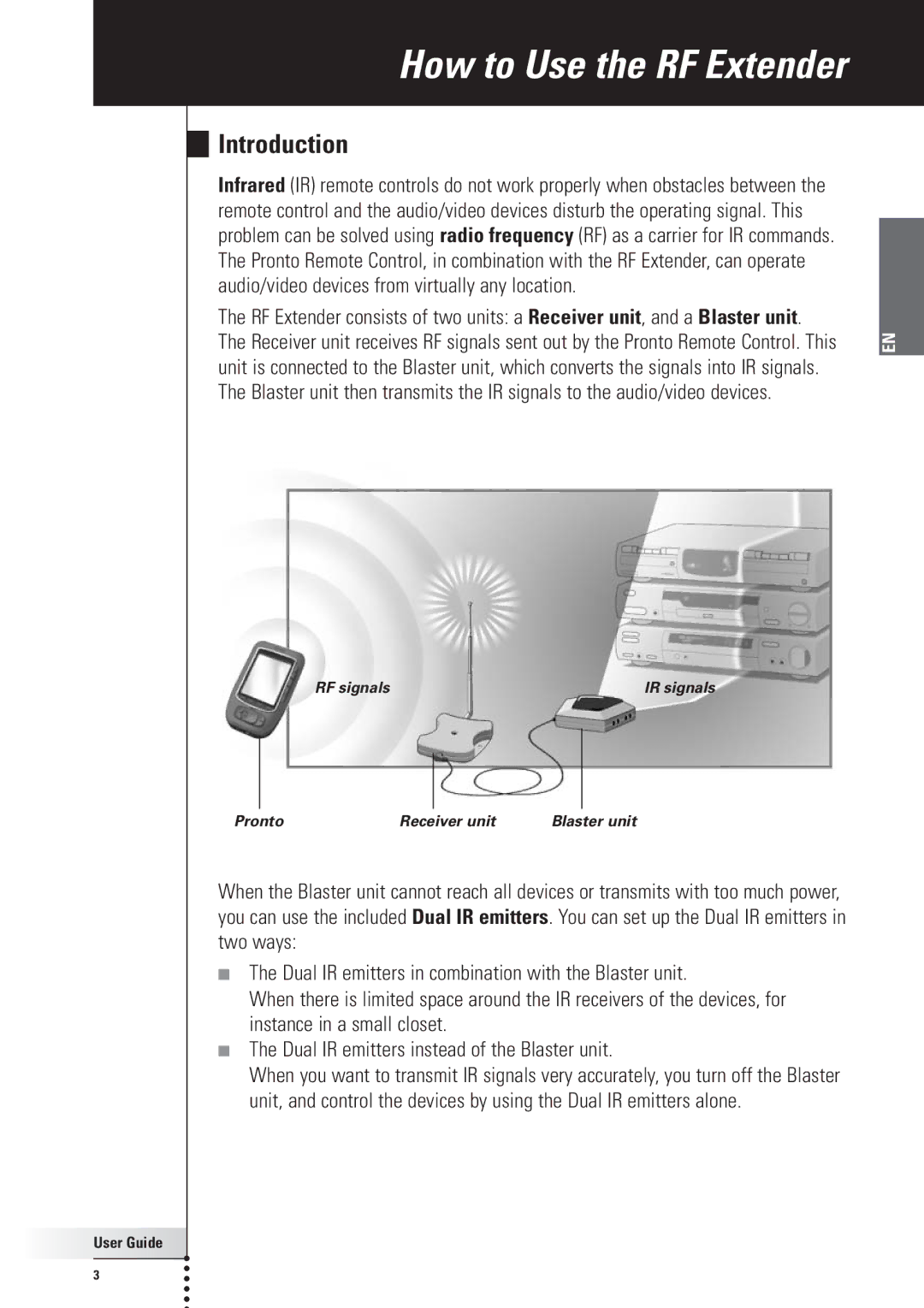SBC LI910, RFX6500 specifications
The Philips RFX6500 and SBC LI910 are two remarkable audio devices designed to cater to the needs of both consumers and professionals who demand high-quality sound and advanced features.Starting with the Philips RFX6500, this device is a state-of-the-art speaker that excels in delivering clear and robust audio. One of the standout features is its high-performance audio processing technology, which ensures that sound reproduction is not only accurate but also immersive. It incorporates advanced algorithms that enhance audio quality, providing a rich experience across various genres of music. Additionally, the RFX6500 supports multiple connectivity options, including Bluetooth, allowing users to stream music effortlessly from their devices. Its compatibility with various audio formats means that you can enjoy your favorite tunes without worrying about format restrictions.
The design of the RFX6500 is sleek and modern, making it an appealing addition to any room. Its durable build ensures longevity, while the intuitive interface allows for easy operation, making it accessible for users of all ages. Furthermore, the device comes equipped with customizable EQ settings, enabling users to tailor the audio output to match their preferences or specific listening environments.
On the other hand, the SBC LI910 is a versatile and portable headphone option designed for music lovers on the go. This model features advanced noise-cancellation technology, allowing users to immerse themselves in their music without distractions from the surrounding environment. The SBC LI910 also boasts a long battery life, providing hours of uninterrupted listening pleasure. Its lightweight design enhances portability, making it ideal for travel or daily commutes.
Another significant characteristic of the SBC LI910 is its comfortable fit, which is crafted to accommodate prolonged use without discomfort. With intuitive touch controls, users can easily manage playback, adjust volume, and take calls without fumbling with their devices. The headphones also support voice assistant integration, streamlining tasks such as setting reminders or checking the weather.
Together, the Philips RFX6500 and SBC LI910 exemplify the brand's commitment to delivering exceptional audio quality and user-friendly technology. Whether you're at home enjoying high-fidelity sound from the RFX6500 or on the move with the SBC LI910, Philips ensures that your listening experience is unparalleled.

